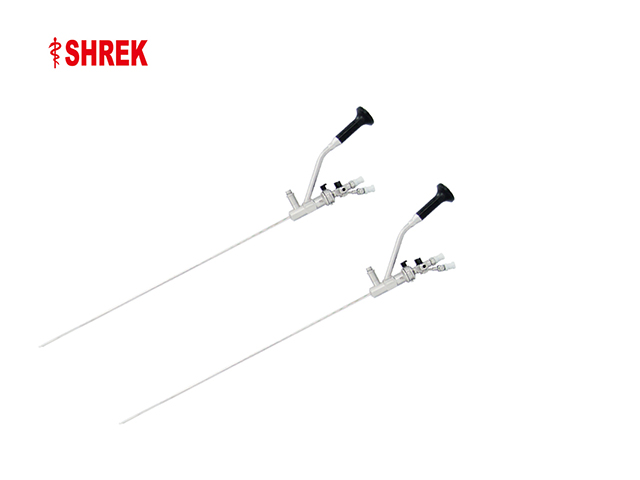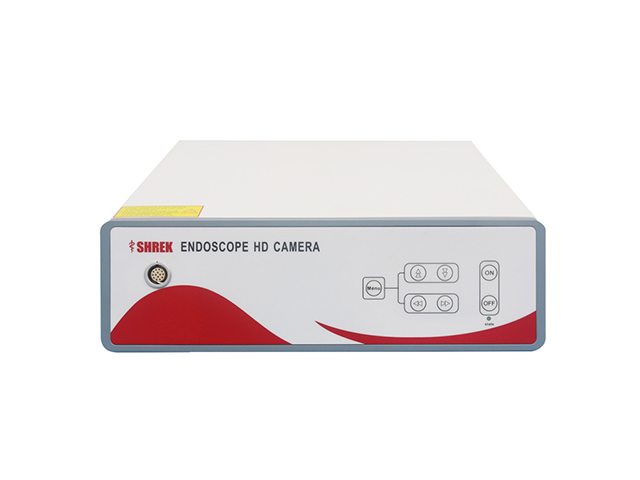SHREK NEWS
Application of endoscope camera in urology (ureteroscope)

Endoscope cameras have many applications in urology, particularly in the use of ureteroscopes, which are small, flexible instruments used to visualize and treat the urinary tract. Here are some of the ways that endoscope cameras are used in urology:
Diagnostic imaging: Endoscope cameras allow urologists to see inside the urinary tract and visualize any abnormalities or blockages. This can be particularly useful in diagnosing conditions such as kidney stones, tumors, or infections.
Therapeutic procedures: Endoscope cameras can also be used to perform a variety of therapeutic procedures, including the removal of kidney stones, the treatment of bladder tumors, and the placement of stents to relieve urinary tract blockages.
Precision targeting: The high-resolution images provided by endoscope cameras allow urologists to precisely target areas of interest, reducing the risk of damage to surrounding tissues.
Minimally invasive surgery: Ureteroscopes are typically used in minimally invasive procedures, which require only small incisions and can lead to faster recovery times and reduced pain and scarring.
Access to hard-to-reach areas: The flexibility of ureteroscopes allows them to navigate through narrow and tortuous passages in the urinary tract, providing access to areas that may be difficult to reach with other instruments.

Real-time monitoring: The video feed from the endoscope camera can be displayed on a monitor in real-time, allowing the urologist to closely monitor the procedure and make any necessary adjustments.
Overall, endoscope cameras play a critical role in urology, particularly in the use of ureteroscopes for the diagnosis and treatment of a wide range of urinary tract conditions.




